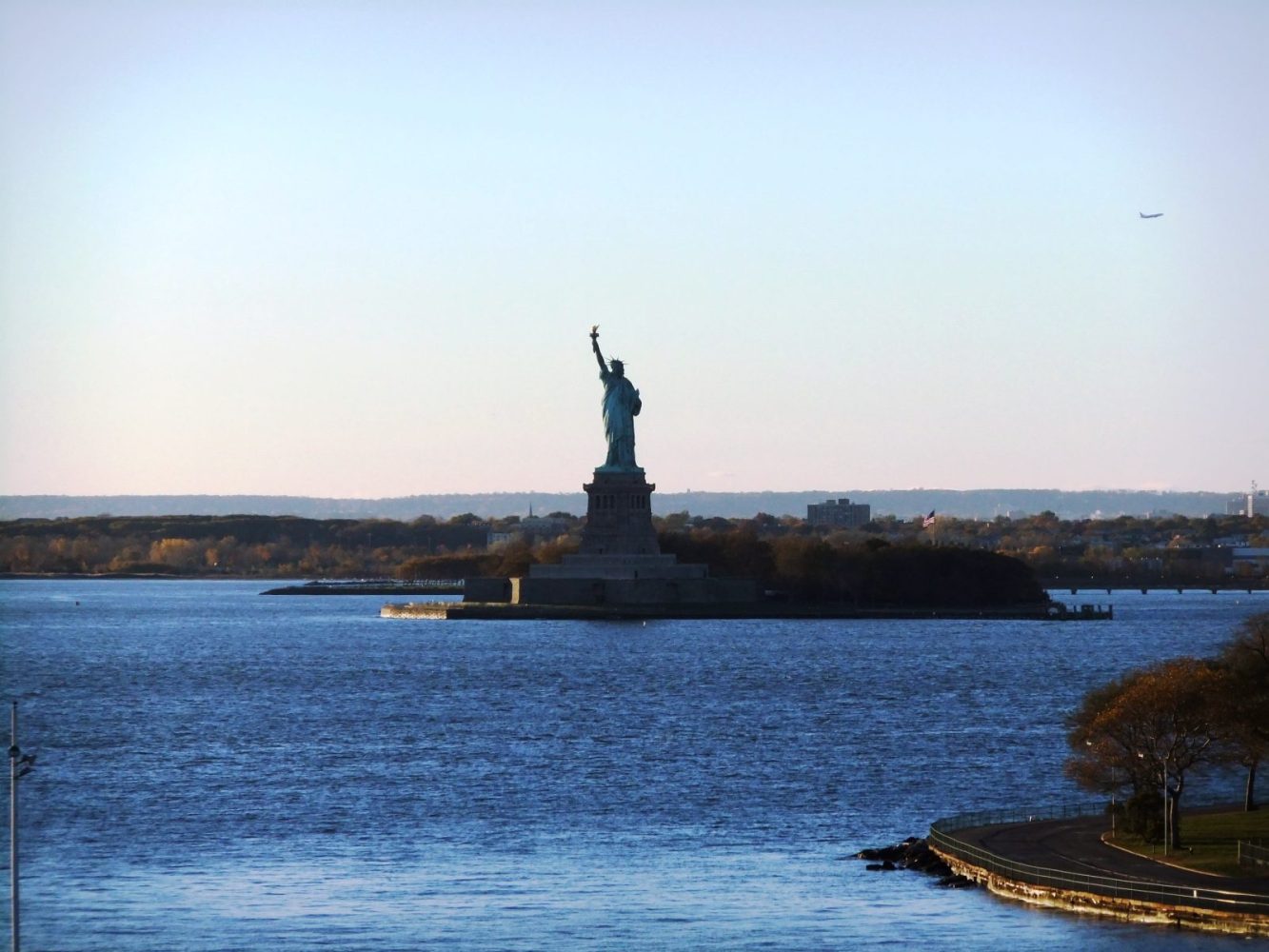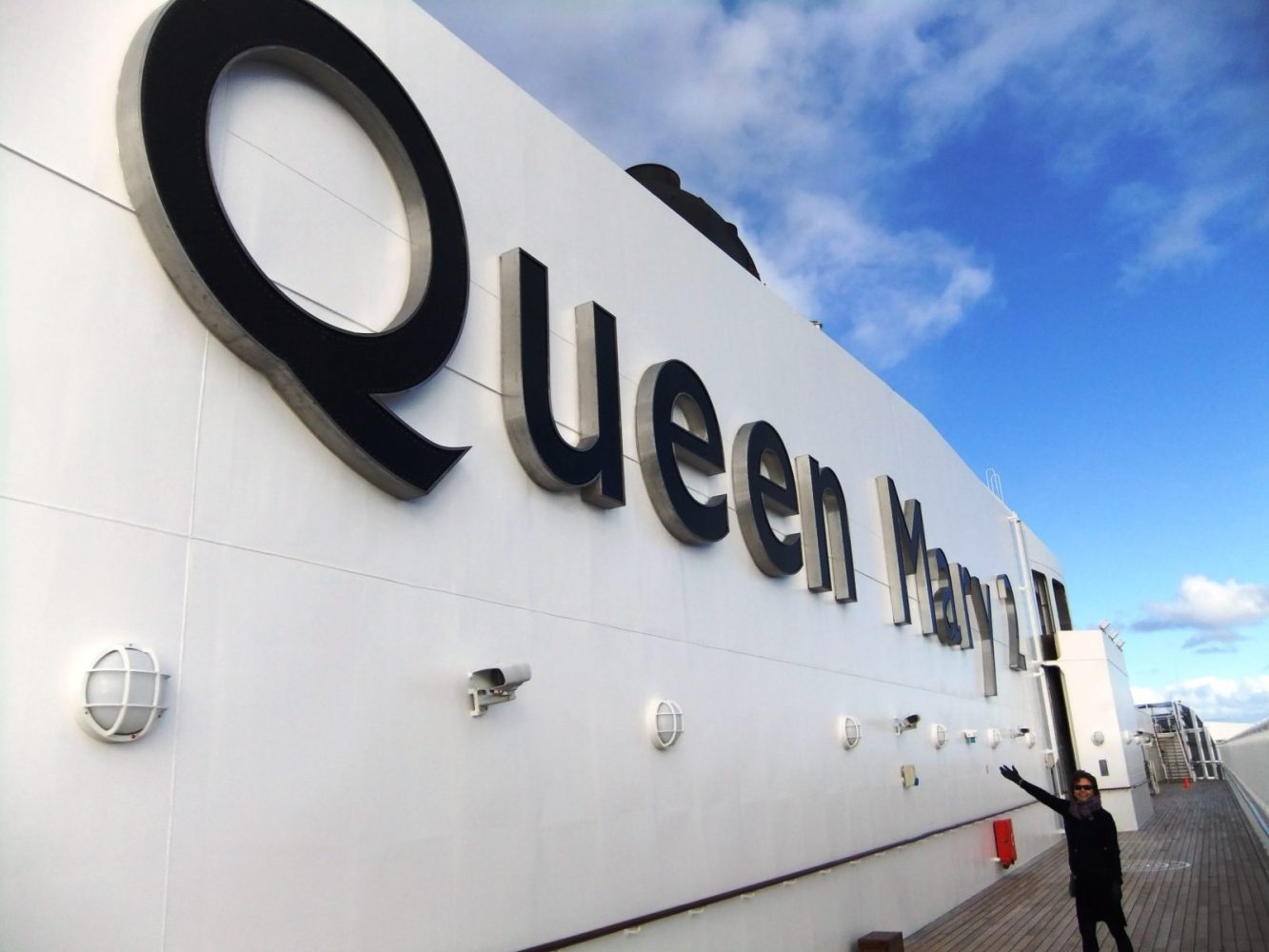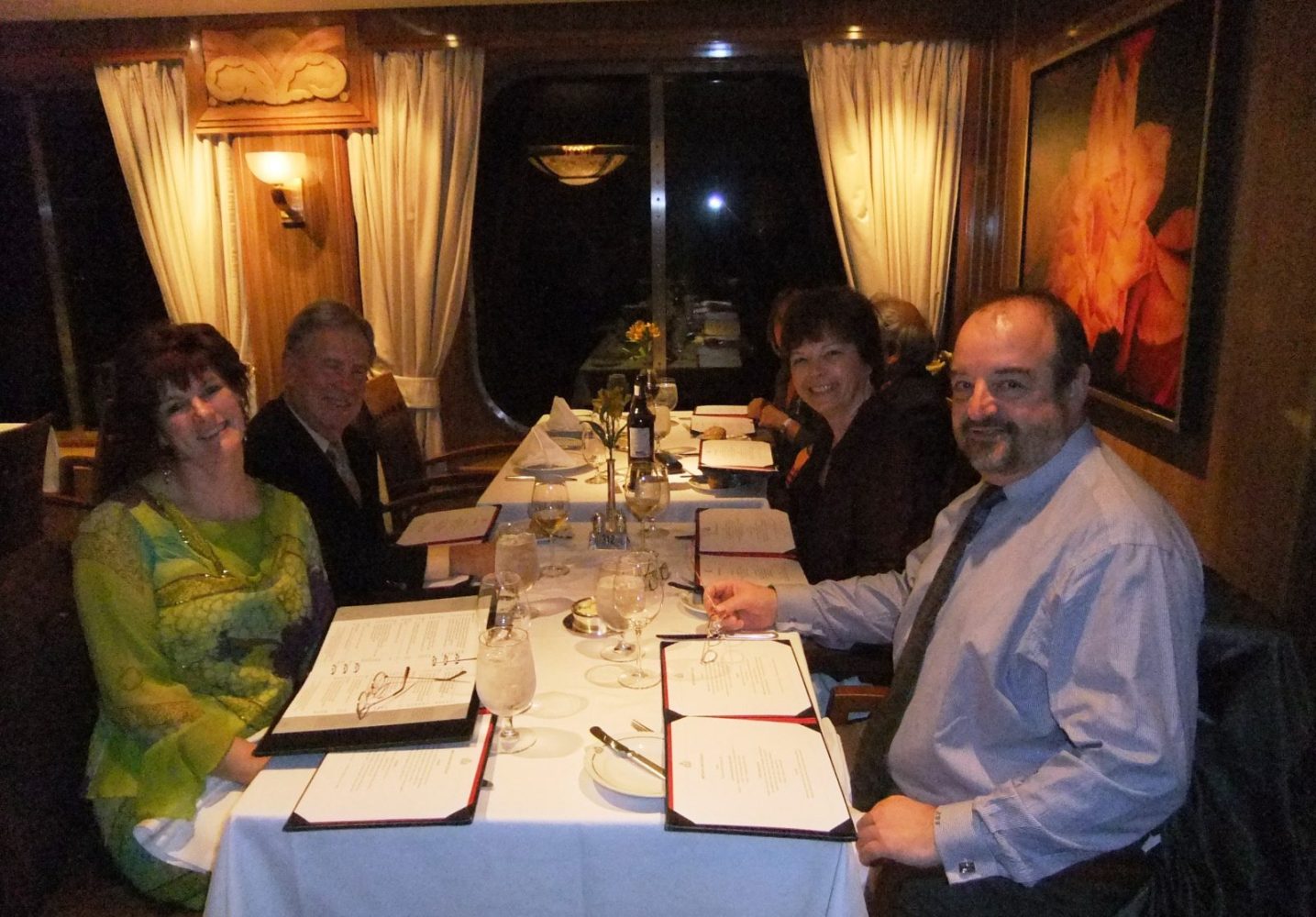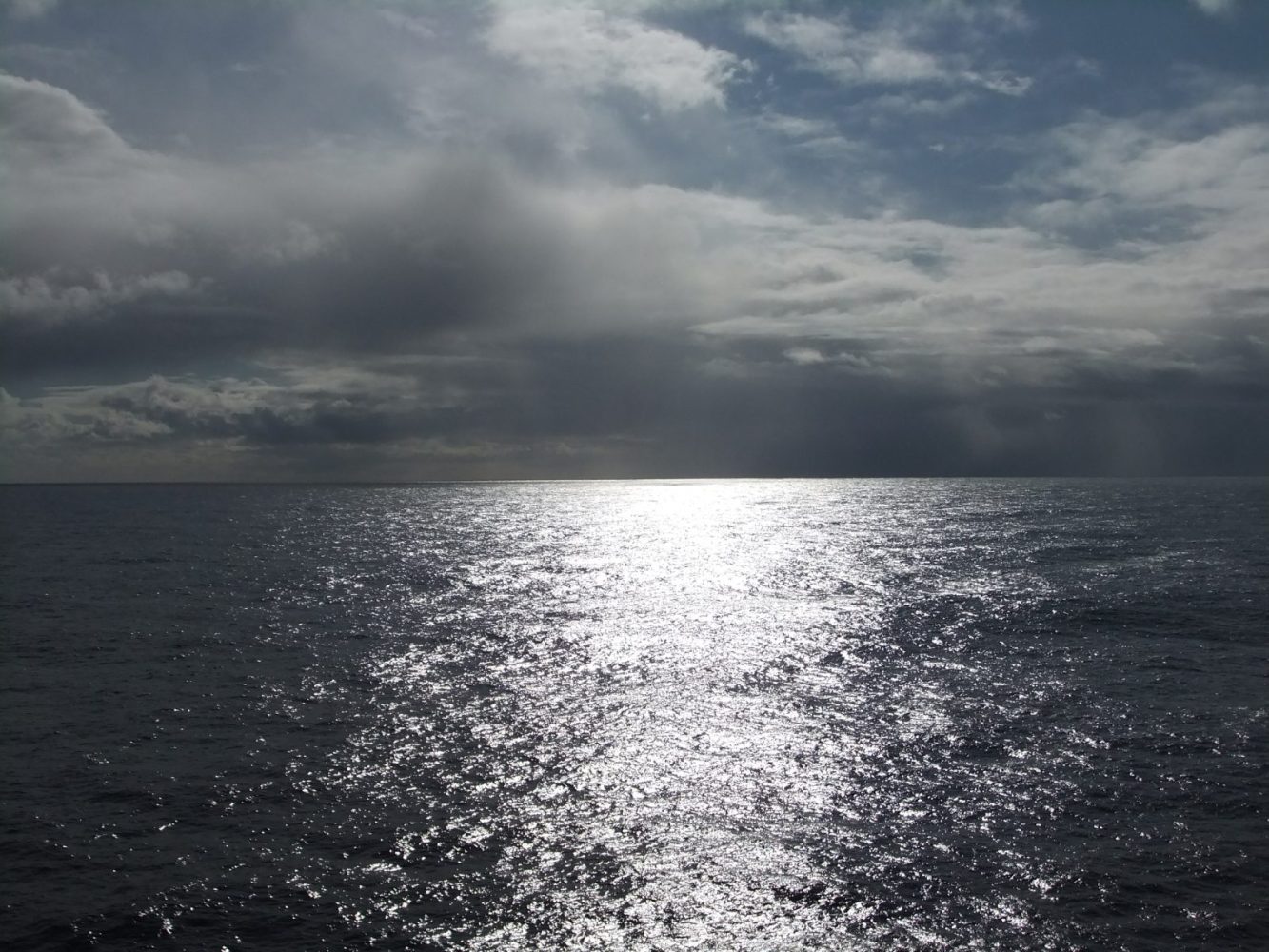The Queen Mary 2 – 7 Amazing TransAtlantic Days
The Queen Mary
There are a lot of ways to cross the Atlantic Ocean, and over the past decades I have tried most of them. There are fast ways, Concorde crossed in approximately three hours, twice a day for years, and there are more normal airlines plying the routes daily than one can count.
Indeed, the North Atlantic Ocean is dotted with fascinating islands, and well worth exploring in detail on its own. But all to often, it is to Europe that we need to travel, and before reaching to book a plane ticket, it is worth considering the alternatives.
There are, and certainly were, anachronisms. For years, Icelandair was known as “The Hippie Airline” because of the low fares it offered on their US to Luxembourg flights. These fares, available during the heavily regulated 1960s and 70s were there for a couple of reasons.

Firstly, Luxembourg did now have an airline capable of flying across the Atlantic, and appointed Icelandair as their flag carrier. This was only allowed because the canny Vikings had negotiated the ability to work for a third country and out of the IATA fare framework in exchange for allowing the US military to build airbases there.
Similarly, in the 1930s, the Portuguese government allowed the US to build airbases in The Azores in exchange for the financing of railways in Angola and Mozambique.
My favourite approach to TransAtlantic travel, however, is on the Queen Mary II. This stately ship, and her sister, the Queen Elizabeth, ply between New York and Southampton on a regular basis. They offer the traveller with a little time the opportunity to relax and enjoy the journey. It is akin to spending a week in a country house hotel; the ship is beautifully appointed, they have none of the razzmatazz and combat mariachi bands of the Caribbean cruises, and relaxing. Superb entertainment and far too much fine food add to the rather laid-back atmosphere.

The journey attracts three different groups of passengers, according to one veteran bar steward. The first group are businesspeople who cannot fly. In fact, a man occupying the adjacent table to us at dinner owned a factory in the Midlands, but needed to travel to the US twice annually. Due to burst eardrums, flying was not an option, so the ship was his lifeline.
The second group were avid collectors and resellers. American dealers would travel to the UK (by plane), spend a month collecting items from garage sales and then pack up their goods and sail home; there is no luggage limit on the ship, and the week would be spent cataloguing and reading the paperwork to start selling once they returned. European “antique” dealers would do the same in the opposite direction.
The third group were cruisers and the some like us, who simply wanted to experience a journey by sea.

It is wonderful. Having crossed both ways, I can certainly say that my preference is to sail westbound for two quite separate reasons.
The first is practical. Eastbound passage really requires arriving in New York a day ahead of the sailing, and unless one actually wants to see the city this forced layover will cost $1,000 or so for taxis, hotel and meals for the overnight stay. The eastbound journey will arrive in New Yor in the early morning, ready to be cleaned and turned around. This means that an afternoon flight home is quite possible, and the overnight avoided.
The other reason is odder. There is a five-hour time difference between New York and the UK, and the ship chooses to mark this by changing the clocks by one hour daily. Eastbound, this means five twenty-three our days, which I found most disconcerting. The westbound journey, however, offers five twenty-five-hour days, and a much more peaceful transition.

Being the Queen Mary, it is worth noting that the dining room does have two formal nights; many dress in evening wear, although a suit and tie were acceptable. Standards change, but it is a more formal environment than the endless and marvellous buffets.
Passage is reasonably priced; the most economical inside cabins cost about $1,200 for the journey, and balcony cabins run from about $2,500. A great price for passage and seven days of entertainment and sustenance. Truly worth considering on your next journey to Europe.
